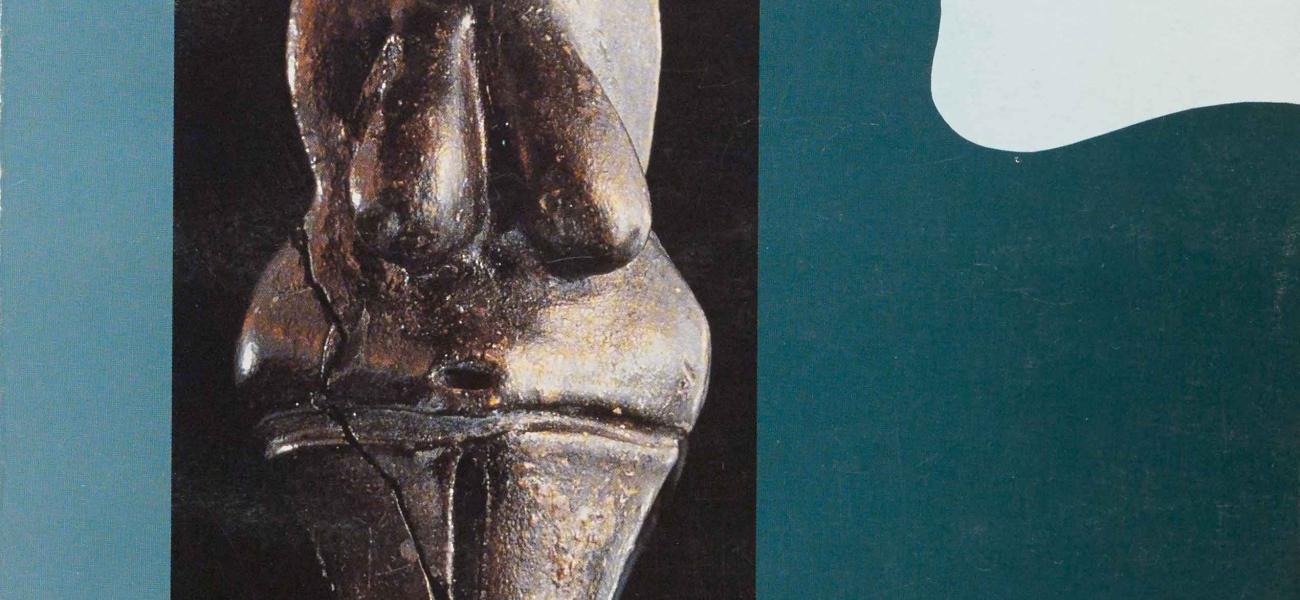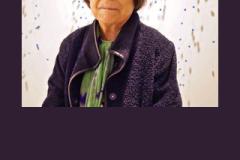Balance and Harmony
Experiences that began in Japan have taken years to digest. In Japan I discovered the timeless quality of a traditional and ancient society. In the pottery villages where I worked, the simple traditional processes were still practiced, bringing a sense of suspended time and a heightened sensitivity to clay.
The work cycles were long – two kilns a year – and all of the people in the communities were involved. I could only surrender and flow with the eternal rhythms of such a conducive environment. I believe that after years of struggle comes a time when the conscious mind yields control and ideas evolve slowly and naturally from within, and may even occasionally become art. These ideas are induced by the chi, the great involuntary energy and rhythm of life that can work through the subconscious, the body, the limbs, and the fingers, and on to the clay. It cannot be forced. The body must be at ease, the emotions calm, and all opposing forces brought into harmony.
***
Maija Grotel was a strong and inspiring influence during and after my years at Cranbrook Academy of Art in Michigan. Cranbrook was a stimulating environment. The philosophy was: Self education under good leadership leads toward the wisdom of life. Maija was a dedicated artist, trained in Finland and coming to Cranbook to teach in 1938. She had a sixth sense of awareness that tuned in to our individual struggles, and she always encouraged us to search deeply within to find self-expression. I greatly valued Maija as a teacher and a role model.
My education continued during my years of teaching at the University of Michigan. There I met James Plumer, professor of Far Eastern Art History, who in 1935 had discovered the Song dynasty kiln sites of temmoku (Chien) pottery in Fukien, China. His informative book, Temmoku, A Study of the Ware of Chien (Idemitsu, pub.), was published in 1972 after his death. He was a storehouse of knowledge in Chinese art and culture, and ceramics was his love. It was difficult not to be inspired by his enthusiasm while listening to his China experiences and sipping tea from a Song bowl! James Plumer opened horizons previously unknown to me and planted the seed of a long personal quest in the Orient.
While I was at the University of Michigan there was an important and timely visit by a Living National Cultural Treasure of Japan, Kaneshige Toyo. He approached clay with ease and a sense of harmony, allowing a soft and gentle sensitivity of form to emerge. I was intrigued! Then I was invited to come to Japan and work at Bizen, and I lived with the Kaneshige family. It was my first introduction to Japan, and I experienced an environment of tranquility and harmony of mind and body.
I had met my future husband, an architect, while we were students at Cranbrook. Because the momentum during my work in Japan made it difficult to return to America, we were married at the American Embassy in Tokyo. We travelled extensively by VW bus in the 1960s, from magnificent Angkor Wat in Cambodia to the wild, rugged Khyber Pass of Afghanistan. We had ambitious plans to travel the length of the Silk Road, but went instead to Seattle where I had been invited to teach at the University of Washington. After a short year, my husband started a new office for an architectural firm in Bangkok, and I joined him and began teaching at Chulalongkorn University. Our first child was born there.
Now mental adjustments had to be balanced with elaborate planning: I rushed from teaching and went directly to a freezing hockey practice, or left an orchestra rehearsal to check the cones in my kiln. Eventually I was able to have almost all the hours of the day to myself, and I thrived on solitude. Travel was once more possible, and we visited old kiln sites in China as well as Mayan ruins in the Yucatan. I traveled also with a group of Americans to the Soviet Union to meet with Soviet artists.
Last Spring ten Michigan potters were invited to Japan to work at the Shigaraki Ceramic Center, a working environment well furnished with hi-tech ceramic equipment. Although industrial growth in Japan is truly overwhelming, a layer of traditional Japan quietly co-exists. Traditional potters continue to thrive and command respect, even while others are as experimental in their work as many of us are in the West.


